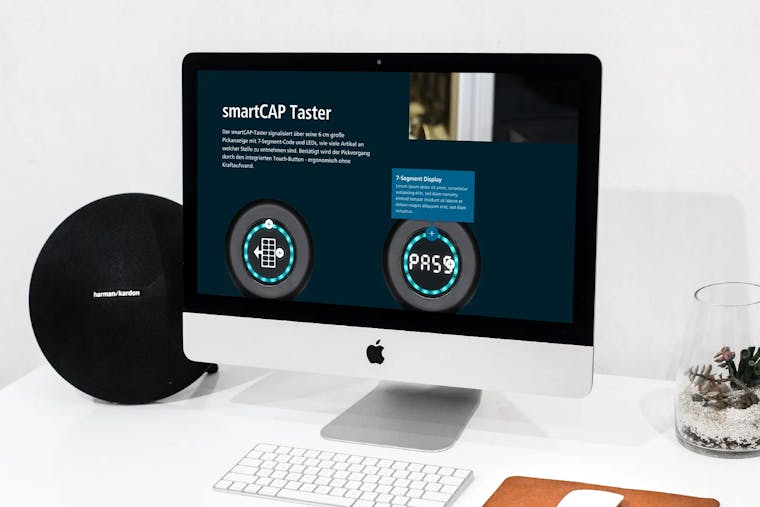Engineering & Tech
Discovery, Definiton & Concept
When developing digital products, it is essential to have a clear idea of the project’s requirements and goals. Within the framework of discovery, definition & concept, we support our clients in drawing up detailed specifications and concepts for their products. In doing so, we pay particular attention to technical feasibility and take into account both the needs of the users and the business objectives of the client. Through clear definition and concept development, we can ensure that the subsequent technical development runs smoothly and successfully.
Yout contact for Discovery, Definiton & Concep

Susann Höpel
Consultant Digital Projects
Our services
Our expertise in Discovery, Definiton & Concept
When developing digital products, a sound and comprehensive concept is essential. In the discovery, definition and concept phase, all requirements, possibilities and constraints are carefully analysed, evaluated and then translated into an effective technical concept for the best possible and successful solution.
Service Level Agreement Modeling
Open Source vs. Proprietary
Solution Design
Product Selection
Requirement Engineering
Your contact for Discovery, Definition & Concept
Send us your questions and your objectives. We will be happy to prepare for a first meeting with you.

Susann Höpel
Consultant Digital Projects
More Engineering & Tech Services

Architecture

Technical Development, Maintenance & Rollout




